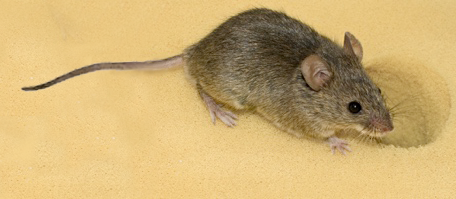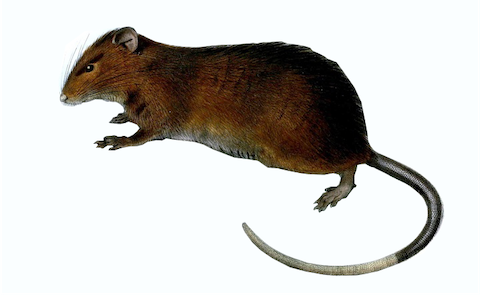Distribution of porcine monocytes in different lymphoid tissues and the lungs during experimental Actinobacillus pleuropneumoniae infection and the role of chemokines.
Abstract
Monocytes play an essential role in the defense against bacterial pathogens. Bone marrow (BM) and peripheral blood (PB) monocytes in pigs consist of the main "steady-state" subpopulations: CD14 hi/CD163-/SLA-DR- and CD14 low/CD163+/SLA-DR+. During inflammation, the subpopulation of "inflammatory" monocytes expressing very high levels of CD163, but lacking the SLA-DR molecule (being CD14 low/CD163+/SLA-DR-) appears in the BM and PB and replaces the CD14 low/CD163+/SLA-DR+ subpopulation. However, current knowledge of monocyte migration into inflamed tissues in pigs is limited. The aim of the present study was to evaluate the distribution of "inflammatory" CD14 low/CD163+/SLA-DR- monocytes during experimental inflammation induced by Actinobacillus pleuropneumoniae (APP) and a possible role for chemokines in attracting "inflammatory" CD14 low/CD163+/SLA-DR- monocytes into the tissues. Monocyte subpopulations were detected by flow cytometry. Chemokines and chemokine receptors were detected by RT-qPCR. The "steady-state" monocytes were found in the BM, PB, spleen and lungs of control pigs. After APP-infection, "inflammatory" monocytes replaced the "steady-state" subpopulation in BM, PB, spleen and moreover, they appeared in an unaffected area, demarcation zone and necrotic area of the lungs and in tracheobronchial lymph nodes. They did not appear in mesenteric lymph nodes. Levels of mRNA for various chemokines with their appropriate receptors were found to be elevated in BM (CCL3-CCR1/CCR5, CCL8-CCR2/CCR5, CCL19-CCR7), necrotic area of the lungs (CCL3-CCR1, CCL5-CCR1/CCR3, CCL11-CCR3, CCL22/CCR4) and tracheobronchial lymph nodes (CCL3-CCR1) and therefore they could play a role in attracting monocytes into inflamed tissues. In conclusion, "inflammatory" monocytes appear in different lymphoid tissues and the lungs after APP infection in pigs. Various chemokines could drive this process.
| Authors: | Ondrackova P, Leva L, Kucerova Z, Vicenova M, Mensikova M, Faldyna M |
|---|---|
| Journal: | Vet. Res.; 2013 Oct 17; 4498. doi:10.1186/1297-9716-44-98 |
| Year: | 2013 |
| PubMed: | PMID: 24134635 (Go to PubMed) |


